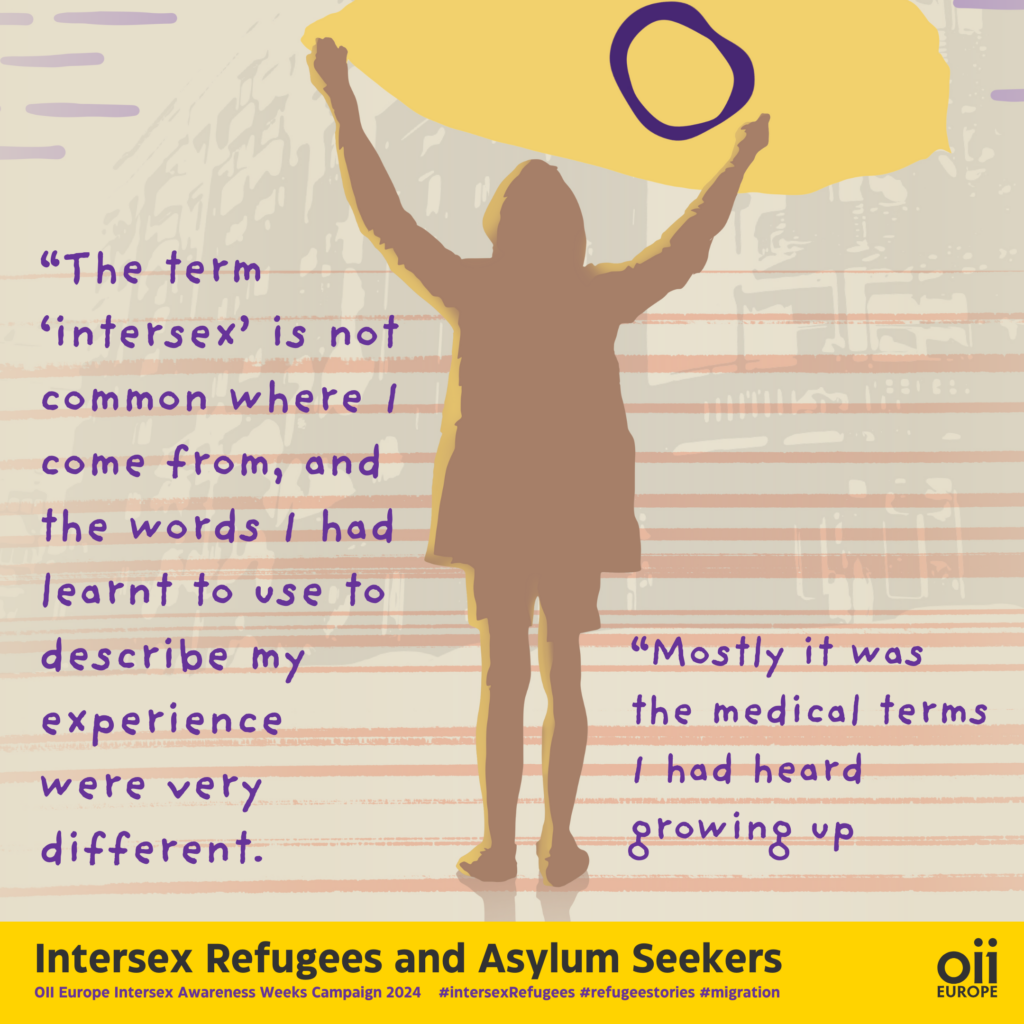
Intersex Refugees and Asylum Seekers
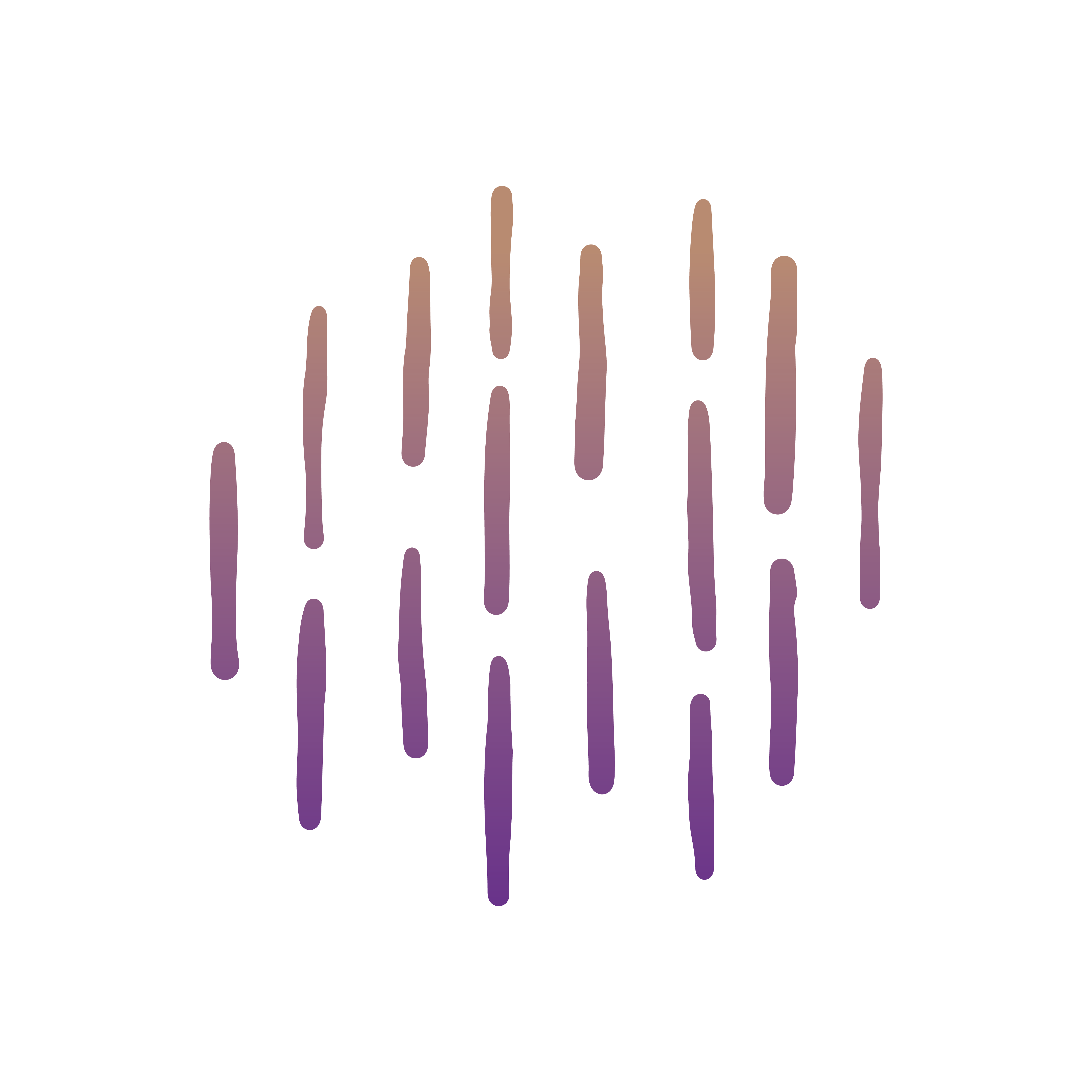
Intersectional struggles
While there is still much to be done to ensure that the human rights of intersex people are respected and that their bodily autonomy is equally protected in Europe and globally, these challenges compound for intersex refugees and asylum seekers.
One major challenge is the fact that it is still not well known that intersex refugees and asylum seekers exist.
As OII Europe Executive Director Dan Christian Ghattas writes in the introduction of the toolkit:
“As a professional would tell me a few years back:
‘We have no intersex asylum seekers and refugees – none of the applicants has ever told us that they are intersex’.
But why would an intersex asylum seeker or refugee do this – considering that their sheer existence is surrounded by taboo and shame, that they are violated because of the fact that their body does not conform to the norm, that there might be no non-derogatory word for being intersex that they know, that they might only have a diagnosis, and, first and foremost, that their most common experience when opening up, may be that of complete disbelief, being ridiculed, and experiencing violence and threat to their life.”
In early 2024 OII Europe published its new toolkit, authored by Luan Pertl and Jana Hugo, as a focused resource and tool for professionals working with refugees and asylum seekers.
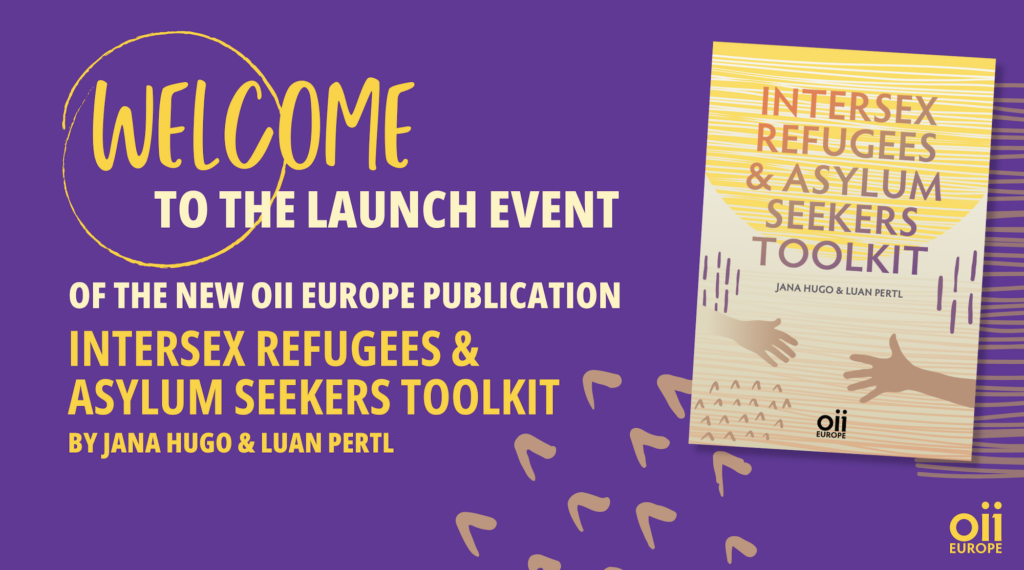
About this campaign
On this years Intersex Awareness Day we want to share the experiences of intersex refugees and asylum seekers and their families, and the very specific challenges they face. For this we focus on four main areas:
- Terminologies & Legal Gender Recognition
- Support & Guidance
- Intersex minors and their families
- Interpretation & Translation
We also would like to encourage and invite professionals working with refugees and asylum seekers to download, read, and share our newest toolkit.
Below you find the list of the content of this page
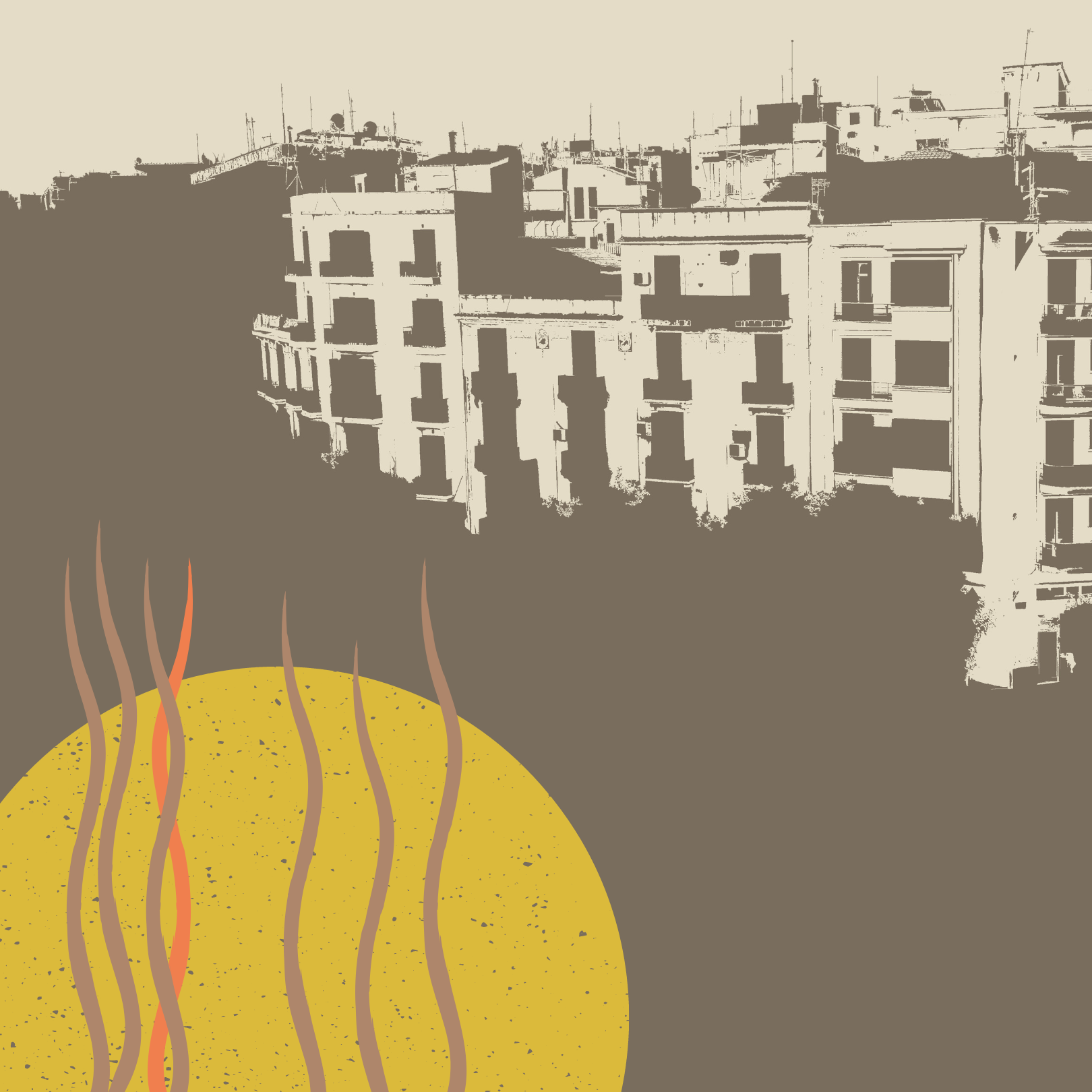
Experiences of intersex refugees and asylum seekers
Terminologies & Recognition
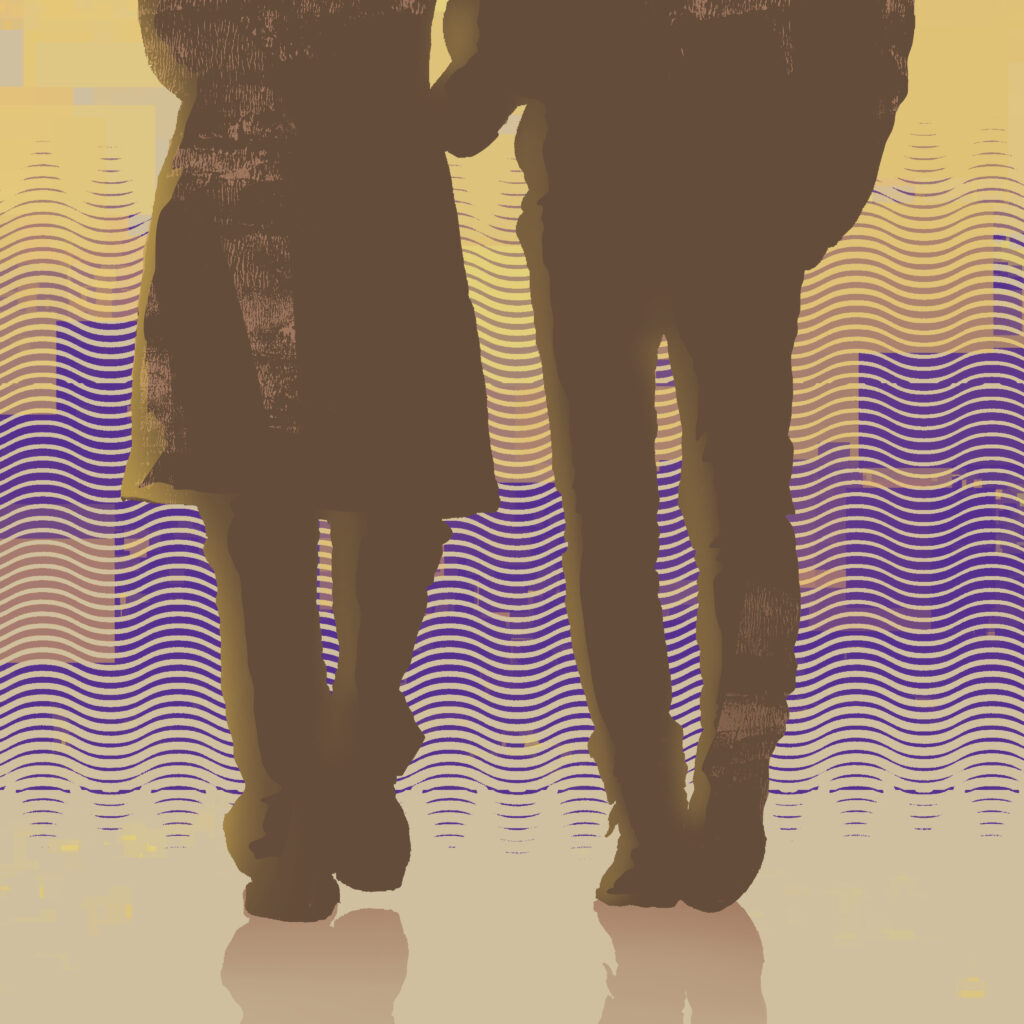
“When I came to the EU, I learnt the word intersex, but this was only much later.”
“The term ‘intersex’ is not common where I come from, and the words I had learnt to use to describe my experience were very different. Mostly it was the medical terms I had heard growing up.”
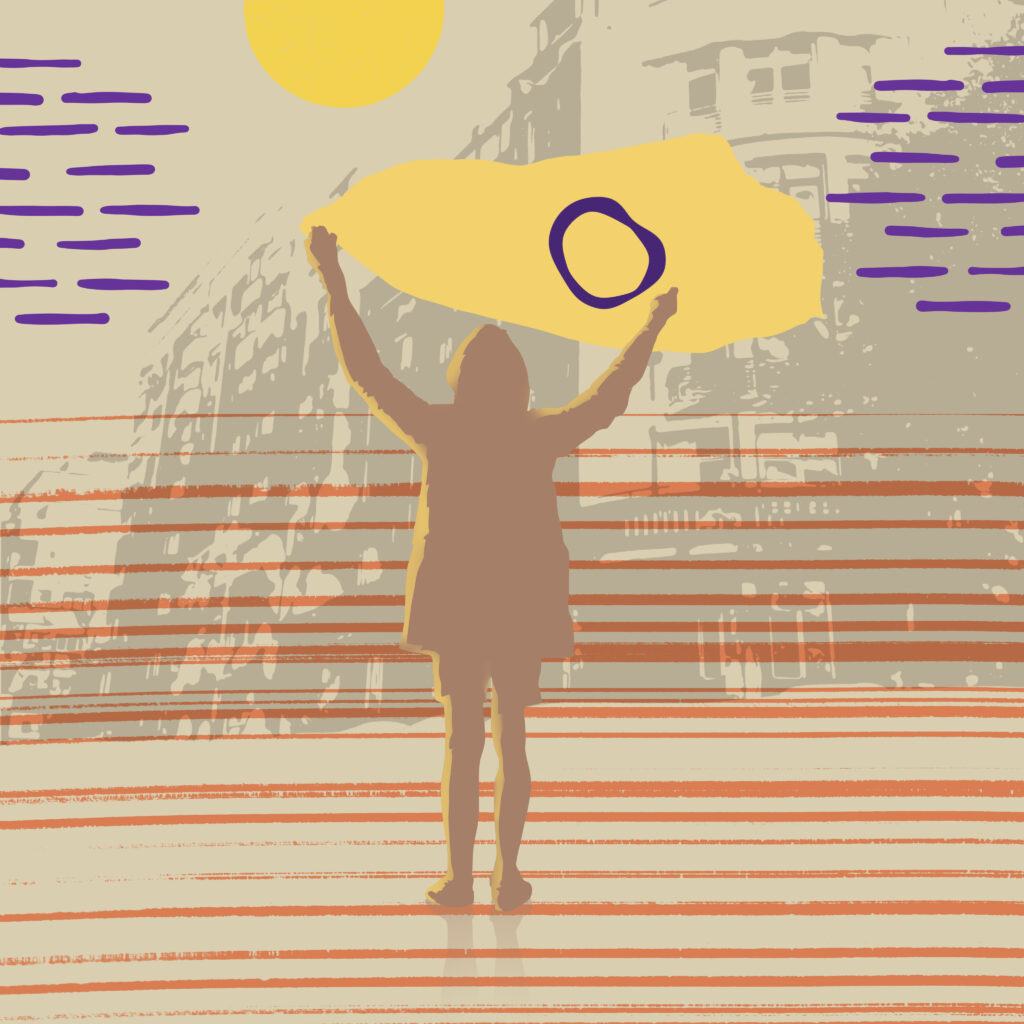
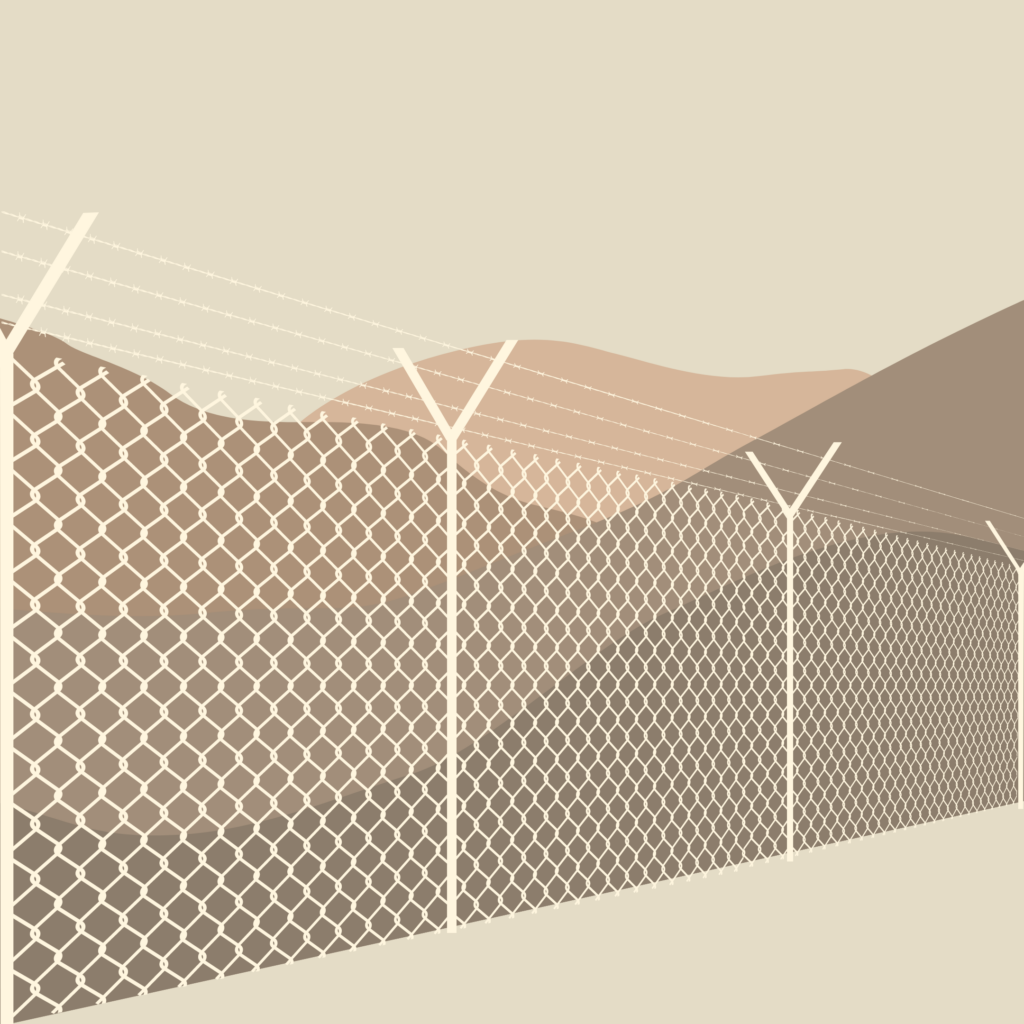
“I faced a lot of difficulties, including harassment and a lot of questioning from the authorities during the arrival procedure, because they said my documents were false.”
“My gender marker says ‘M’ in my passport, but I identify as a woman and this is also how people perceive my gender, based on my appearance. I face a lot of harassment because of this on a daily basis. It became very stressful for me when the authorities were questioning me and I became fearful about what would happen to me.”
“They were asking me a lot of questions about if my documents were really mine, and it was very hard for me to explain to them about being intersex, especially because of the language barrier and trying to find the right words.”
Support & Guidance
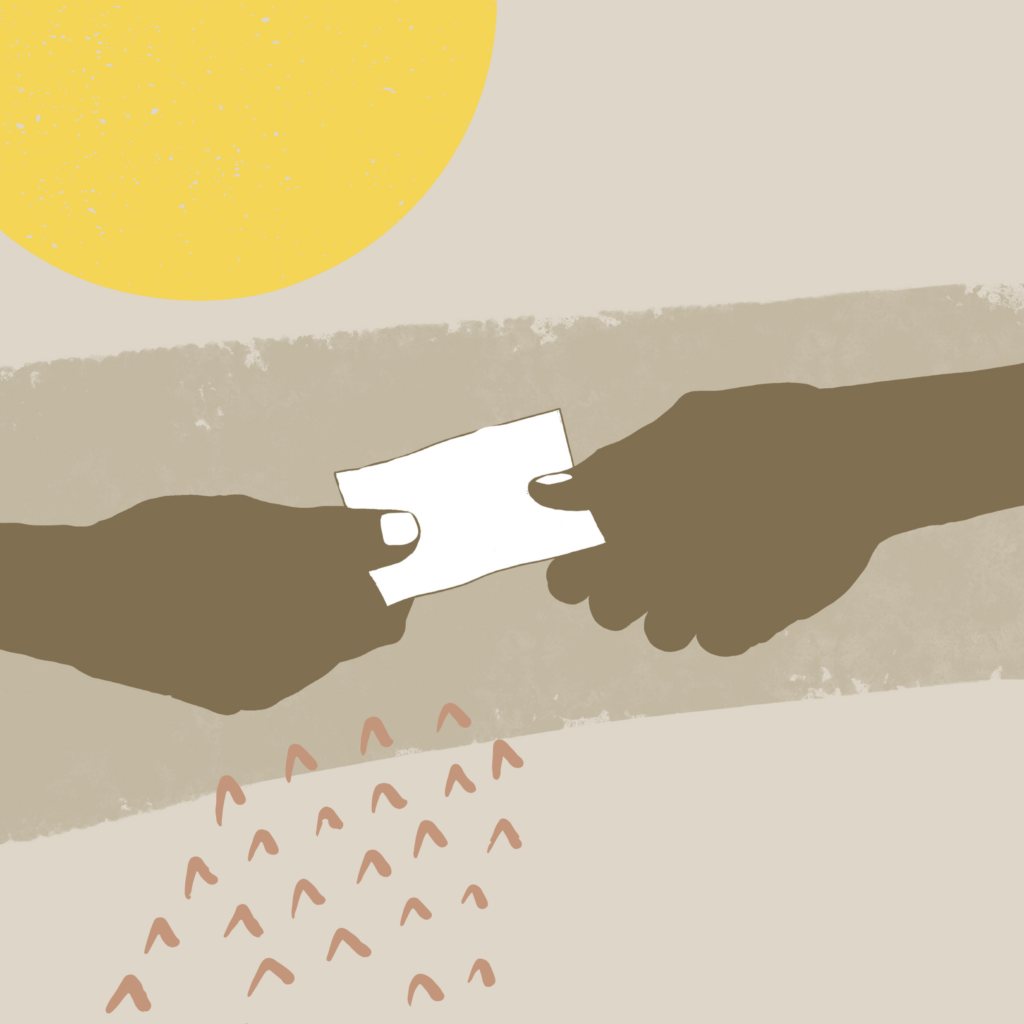
“After I had been granted my positive asylum decision, many more obstacles presented themselves to me. It was at this point that I realised how much I really needed support from other people.”
“Intersex activists helped me to find English speaking doctors, they accompanied me to my first appointment, to make sure I wouldn’t be alone if I needed any emotional support afterwards.
The whole experience was very emotional for me. I am grateful that they helped me access healthcare that was vital for me, after years of being forced to neglect my needs because of how unsafe it was in my country. They also helped me navigate the health insurance system.”
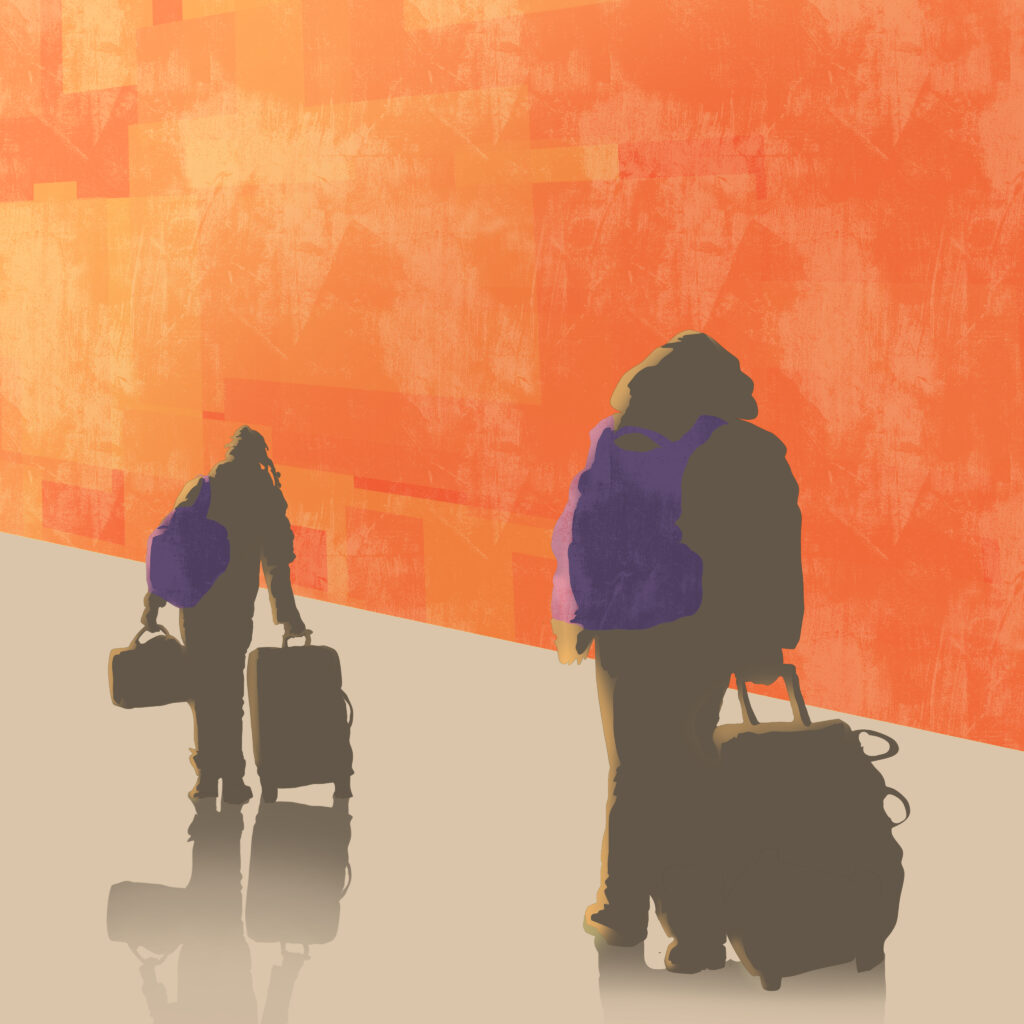
Intersex minors and their families
“We are parents of an intersex child, and had to flee our home due to the ongoing war. We travelled very far, on foot and by boat.
When we arrived, a doctor told us with a lot of concern during the mandatory health check that there was something wrong with our child, and that they wanted to do some tests. We tried to get more information from them, but they were not sharing any information with us.”
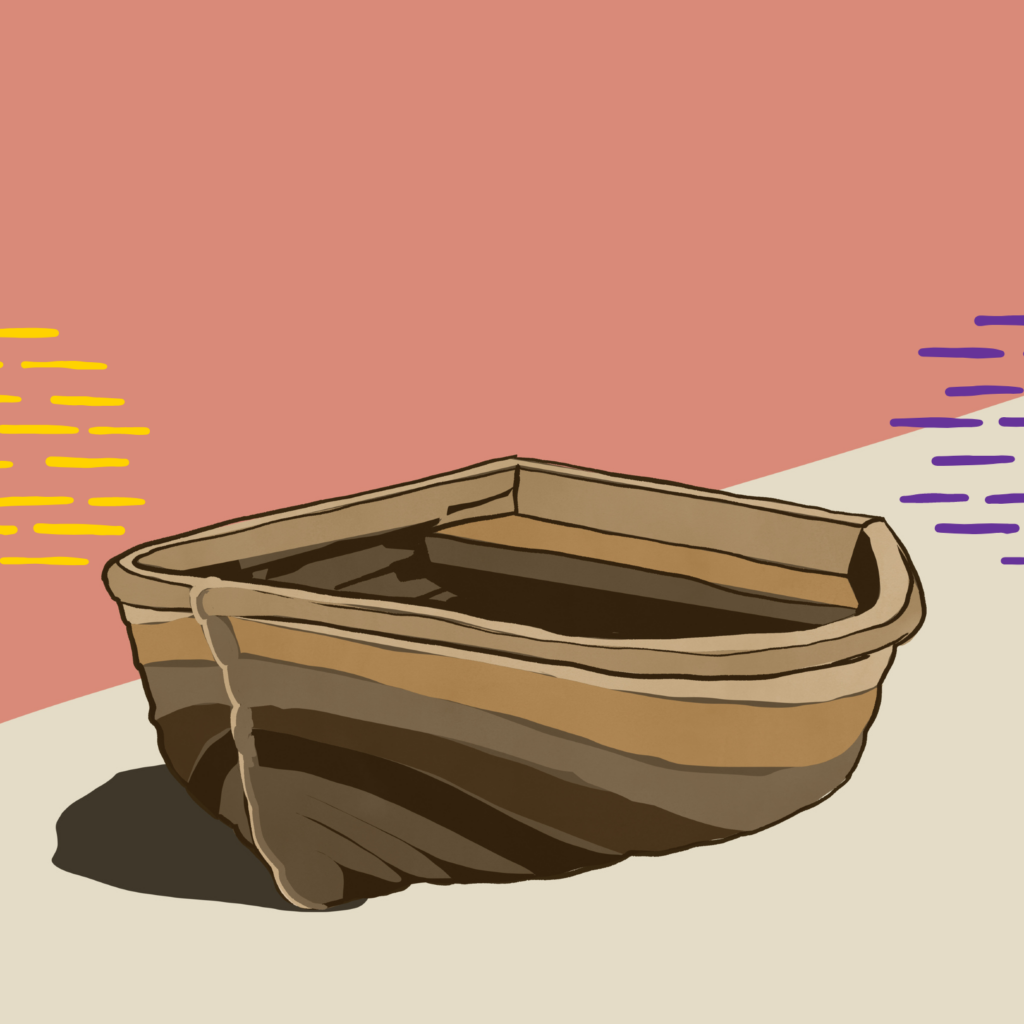
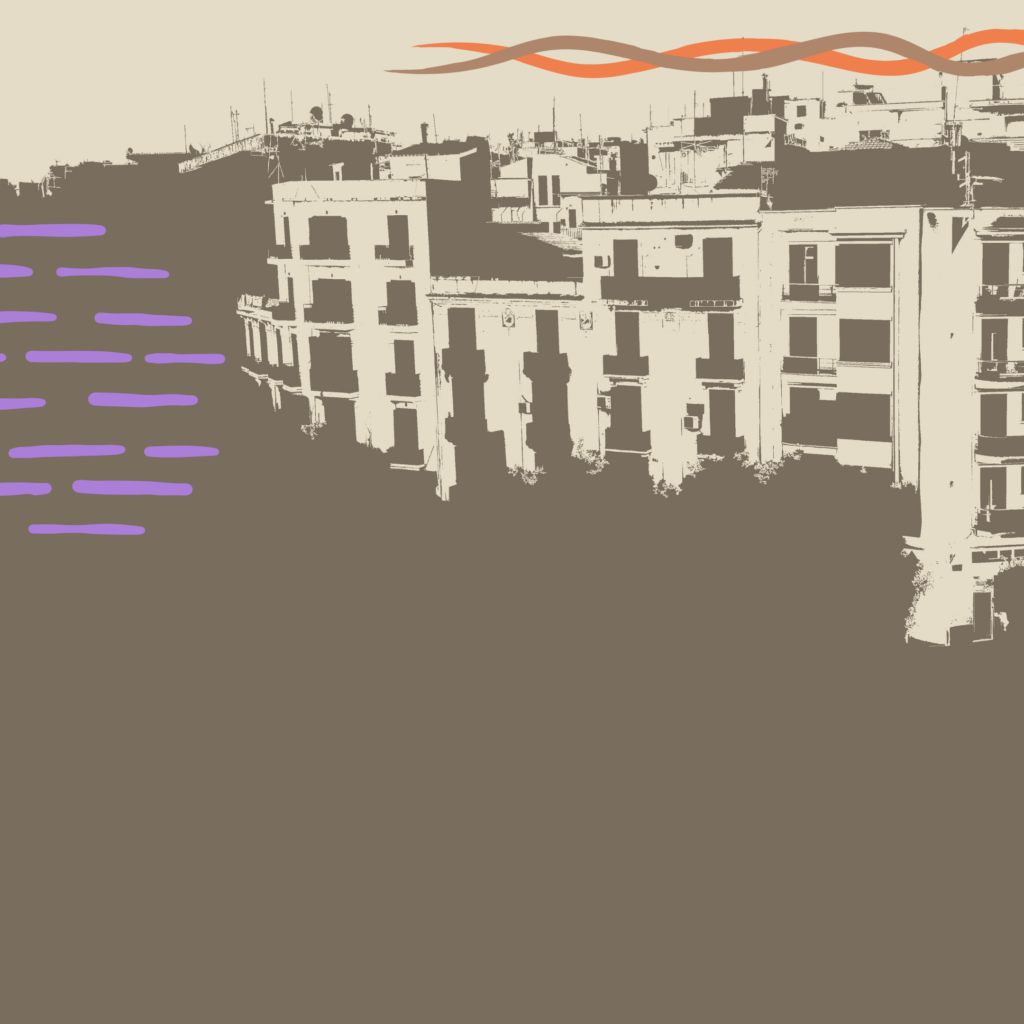
“My parents forced me to behave more like a girl, but I am not a girl! I could not speak the language so I could not communicate this to the doctors, also that I did not want this surgery. I was 14 years old then.”
“We had no one to speak to or ask for support when they told us that our child had a ‘disorder of sex development’. There was a huge language barrier and they were telling us that we needed to go see more doctors at a hospital in the city, who would make our child healthy again.
We were confused and shocked, because we had faced this pressure before in our home country, and we had hoped that it would be safe here. We felt we couldn’t trust anyone and that there was no one we could turn to for help.”
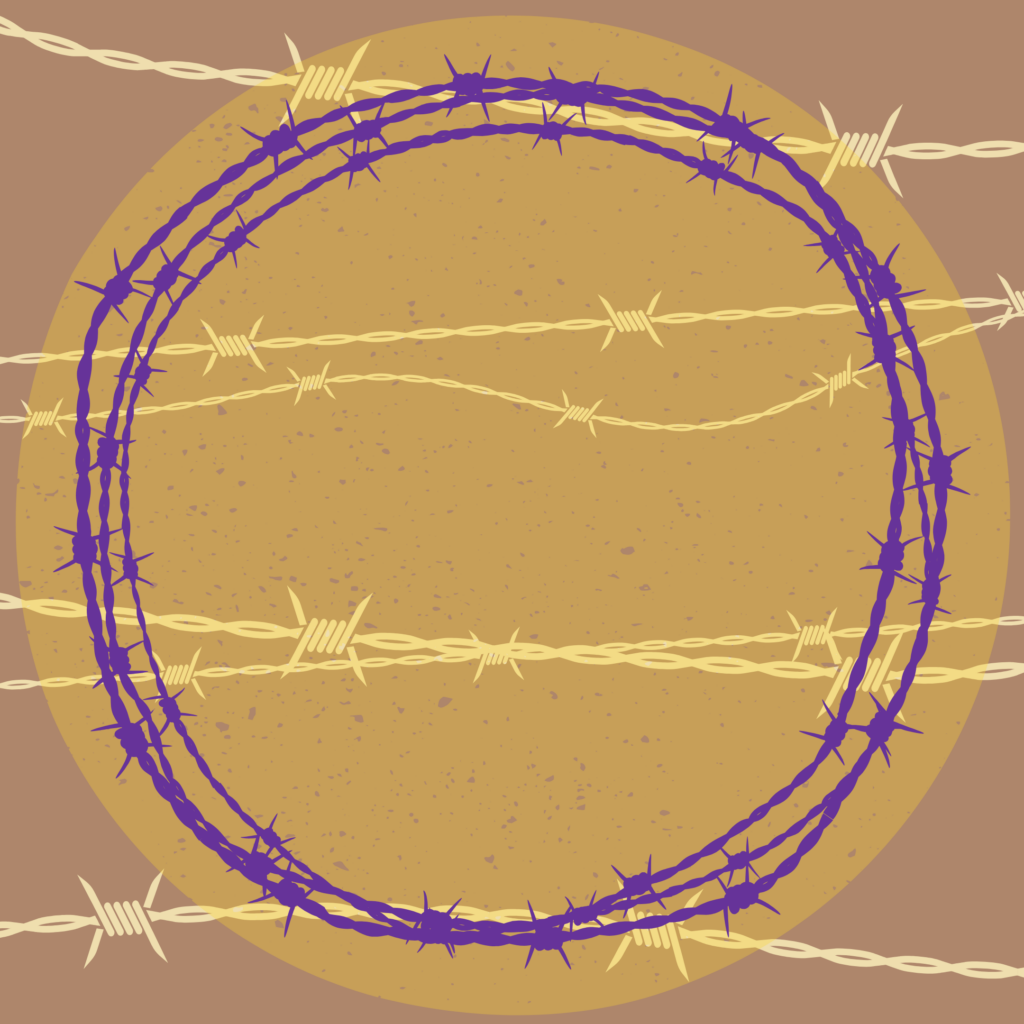
Interpretation & Translation
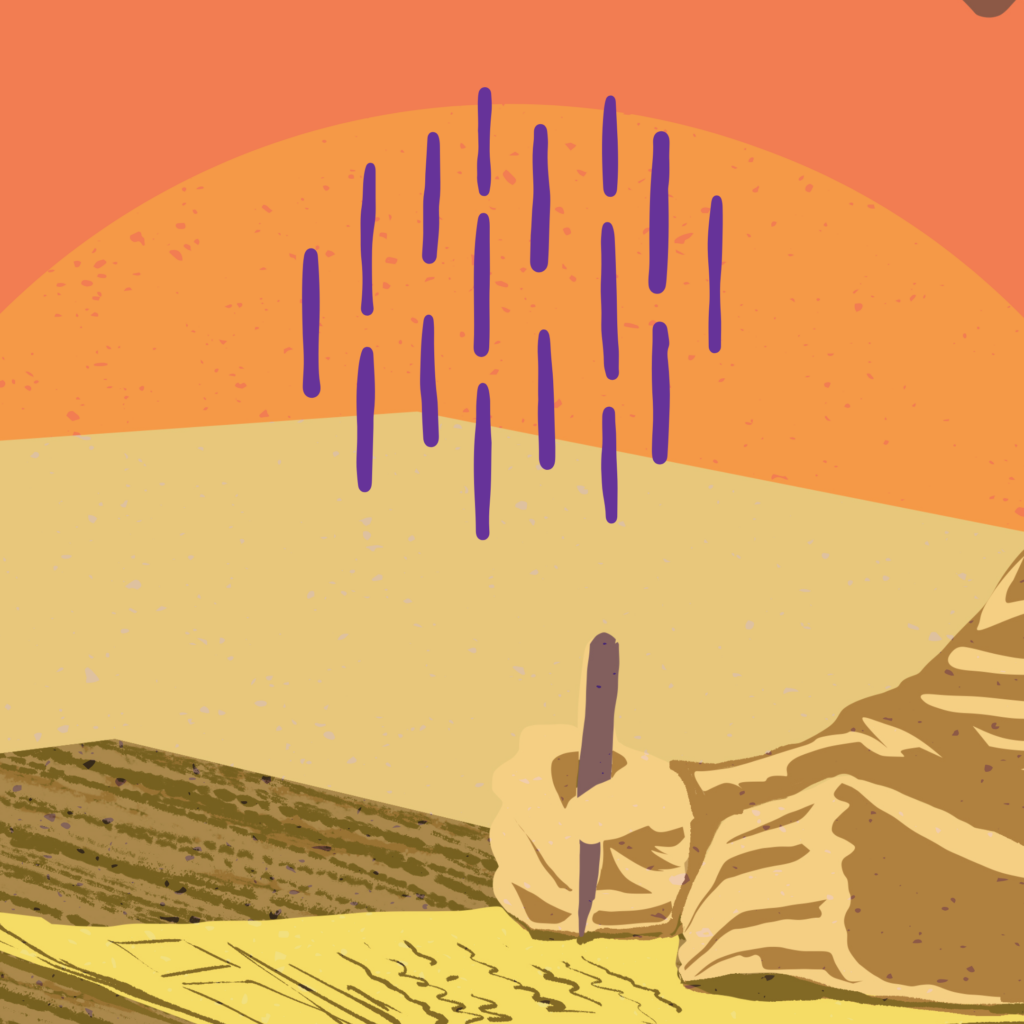
“No one prepares you for how retraumatizing it is to retell your story”
“If it hadn’t been for the intersex support person from the [intersex/LGBT] organisation that accompanied me, I don’t know if I would be here today. They corrected the translator, and made sure that my truth was being told to the authorities. If it wasn’t for this person, they may never have correctly understood my story or the things I was trying to explain that I had gone through because of being intersex.”
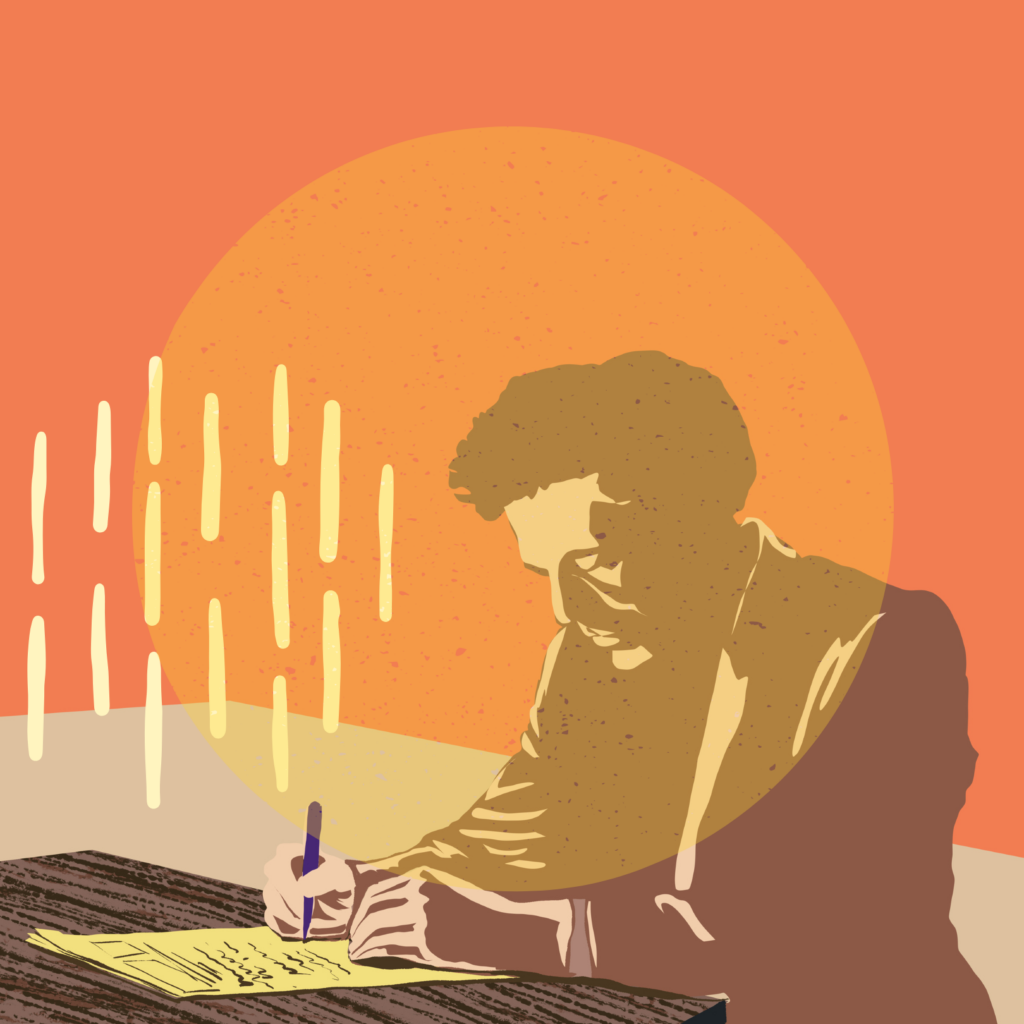
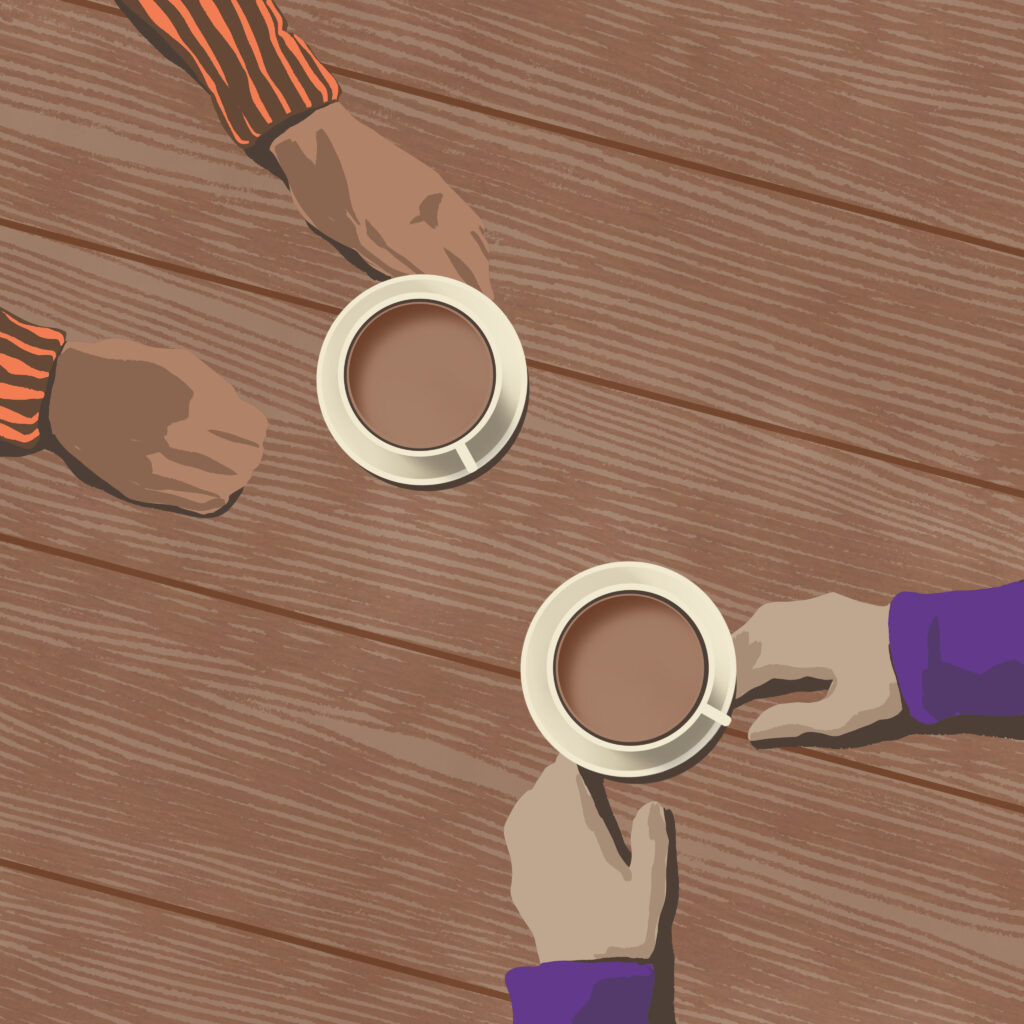
“After the interview I was so drained, I was close to breaking down. I am so thankful that this person was there for me. We went to sit down and drink some tea. All the pain and the hurt, it had all come to the surface again. I really don’t know what I would have done if I hadn’t had this person there with me that day. Support is so vital. It can save lives.”
Learn more about…
Terminology
One of the other major stumbling blocks when it comes to the correct identification and registration of an applicant and their reason for seeking international protection – which is the term ‘intersex’.
This challenge relates to not only the use of correct terminology and interpretation/translation of the term ‘intersex’, but also has to do with the way that intersex persons self-identify using terms or words to describe being intersex that may differ from what asylum authorities have learnt or are aware of.
The fact that intersex people may use different terms to speak about being intersex, or to self-describe their experience, can create significant barriers for them in the asylum process. These persons may, for example, identify with the medical diagnoses they were given by a doctor in their country of origin, or they may identify with other terms, (which are considered outdated by the international human rights movement) such as ‘hermaphrodite’. In such situations, asylum authorities need to be able to successfully recognise the person as being ‘intersex’, whilst at the same time fostering an open environment where persons are not made to feel that the way they identify or self-describe is ‘wrong’. Under no circumstance should the intersex person be told that they ‘cannot call themselves’ as such, or be forced to use another word to speak about themselves and their experience.
Furthermore, some intersex persons may not use any specific term, but may describe their physical reality/experience, or past physical experiences. In such cases, asylum authorities also need to be able to correctly identify the person as intersex, or as seeking international protection on the grounds of their sex characteristics.
These situations may very often be exacerbated by difficulties that arise when translators and interpreters are not educated on intersex issues, mis-translate what applicants say or who may be intersexphobic.
For more please see “Section 1: Laying the Foundation – Arrival Procedure” on page 30 in the toolkit
Legal Gender Recognition
Legal gender recognition is often addressed as only pertaining to the situation of trans people, however for some intersex persons, being able to access legal recognition procedures is essential, as it impacts on their access to many different essential services (healthcare, education, employment) and often these intersecting issues are not well addressed. In countries where such legal gender recognition procedures exist and are accessible to intersex people, ensuring access to them is crucial.
For more please see “Section 1: Laying the Foundation – Integration” on page 36 in the toolkit
Intersex minors and their families
Persons conducting the asylum interviews need to be a person sensitised to intersex issues or an LGBTIQ-sensitive person with knowledge about the special needs and challenges of intersex people/people with a variation of sex characteristics.
Here a few examples of existing issues and challenges in regards to intersex minors and their families:
- Intersex minors/ minors with a variation of sex characteristics:
- May have experienced pressure from medical doctors to undergo non-vital, non-consensual medical, surgical and/or hormonal treatments because of being intersex / having a variation of sex characteristics
- May have experienced pressure from family members to undergo these harmful medical practices
- May have been exposed to IGMMay NOT have been exposed to IGMMay have experienced threats and pressure from religious groups, actors or other community leaders
- May have experienced bullying and violence from peers at school, or from teachers
- Parents/families of intersex minors / minors with a variation of sex characteristics:
- May be at serious risk of being encouraged by family members or the community to abandon or kill their intersex child/child with a variation of sex characteristics
- May have experienced pressure from medical doctors to subject their intersex child to non-vital, non-consensual medical, surgical and/or hormonal treatments, including IGM, because their child is intersex / has a variation of sex characteristics
- May have experienced pressure from family members to have their intersex child undergo these harmful medical practices
For more please see “Section 2: Strengthening the Foundation – Recommendations” on page 46 in the toolkit
Support & Guidance
Intersex refugees and asylum seekers require support and guidance
- during the arrival process
- during the assessment of asylum application
- during the integration process.
All asylum authorities, staff working within the asylum procedure – as well as social actors, social welfare officers and organisations working with refugees – should be sensitised to and aware of the specific sensitive approaches to adopt when interacting with and supporting intersex refugees.
Because of their role as the first contact point between intersex refugees and asylum seekers, asylum authorities, for example, need to be especially aware of the needs and the challenges faced by intersex people, so that they can ensure that interactions with intersex people do not cause further harm and make them feel safe and supported. Once their asylum application has been granted, social welfare officers, who accompany intersex persons, need to be aware of the specific remaining challenges intersex refugees may still face as they settle into their new home.
For more please see “Section 2: Strengthening the Foundation – Recommendations” on page 40 in the toolkit
Interpretation & Translation
It is crucial that asylum authorities guarantee that those providing interpretation and translation are equally aware of the different terms and words that exist in the target language and the language of translation, to ensure the accurate relay of information between the applicant and the asylum authority about how the applicant is self-describing and self-identifying. This also includes training interpreters to treat intersex asylum applicants in a respectful manner, since the interpreter or translator may have been specifically recruited from the same ethno-linguistic community as the asylum claimant themself, and as a result may display negative implicit bias, which could impact the way the intersex asylum applicant’s claim is understood. In order to facilitate appropriate use of terminology we recommend that interpreters seek training by intersex-led NGOs where available.
For more please see “Section 2: Strengthening the Foundation – Recommendations” on page 42 in the toolkit
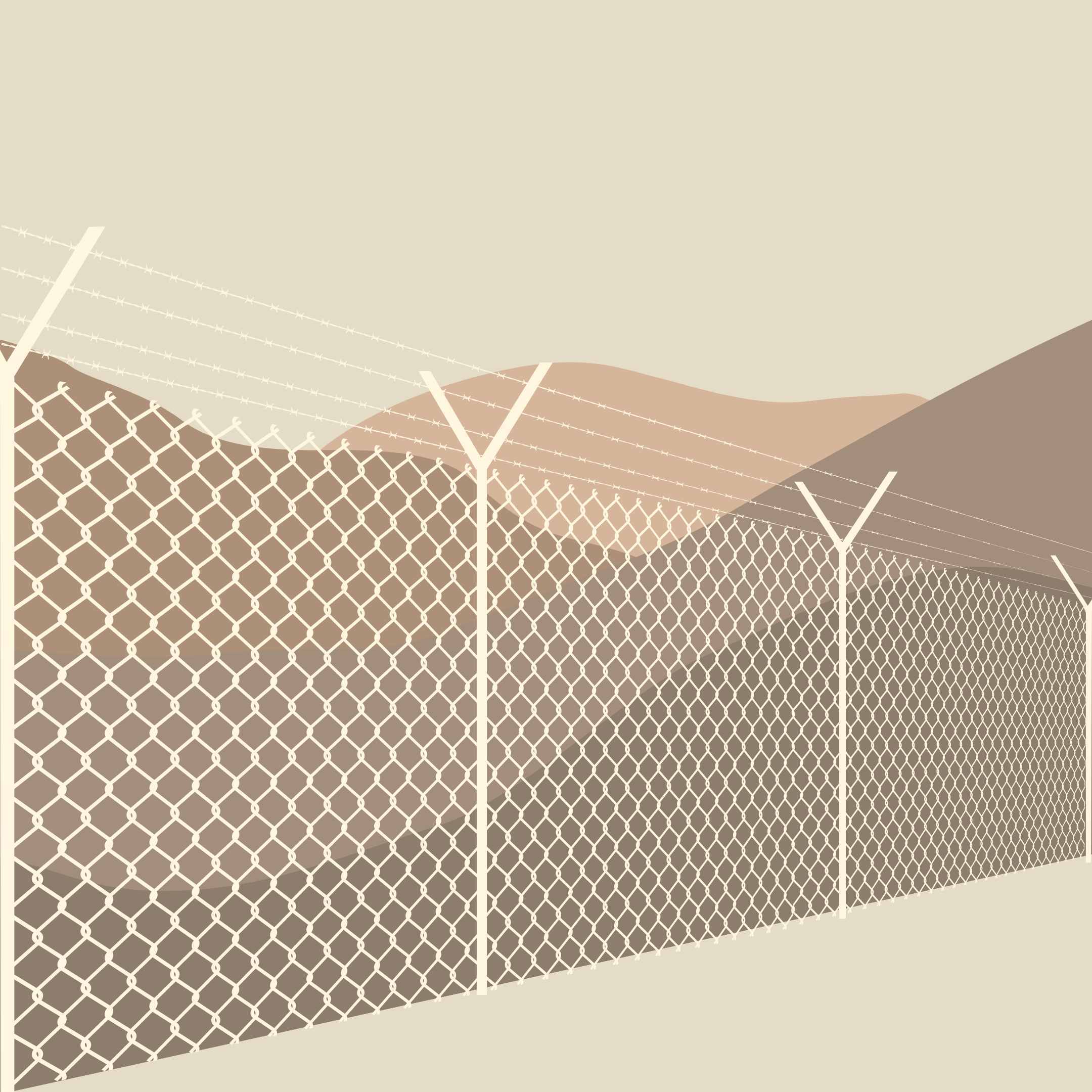
The Intersex Refugees & Asylum Seekers Toolkit
“The OII Europe Intersex Refugees & Asylum Seekers Toolkit aims to increase the amount and quality of the information and support being made available to intersex refugees and asylum seekers and to give professionals a tool at hand that sheds light on the specific challenges intersex asylum seekers and refugees face.”
– Dan Christian Ghattas, Executive Director, OII Europe
Rewatch the Toolkit Launch Event (March 26, 2024)
Video of the launch event panel with the authors of the toolkit in conversation with experts, including intersex refugees and asylum seekers
Download the Intersex Refugees and Asylum Seeker Toolkit here
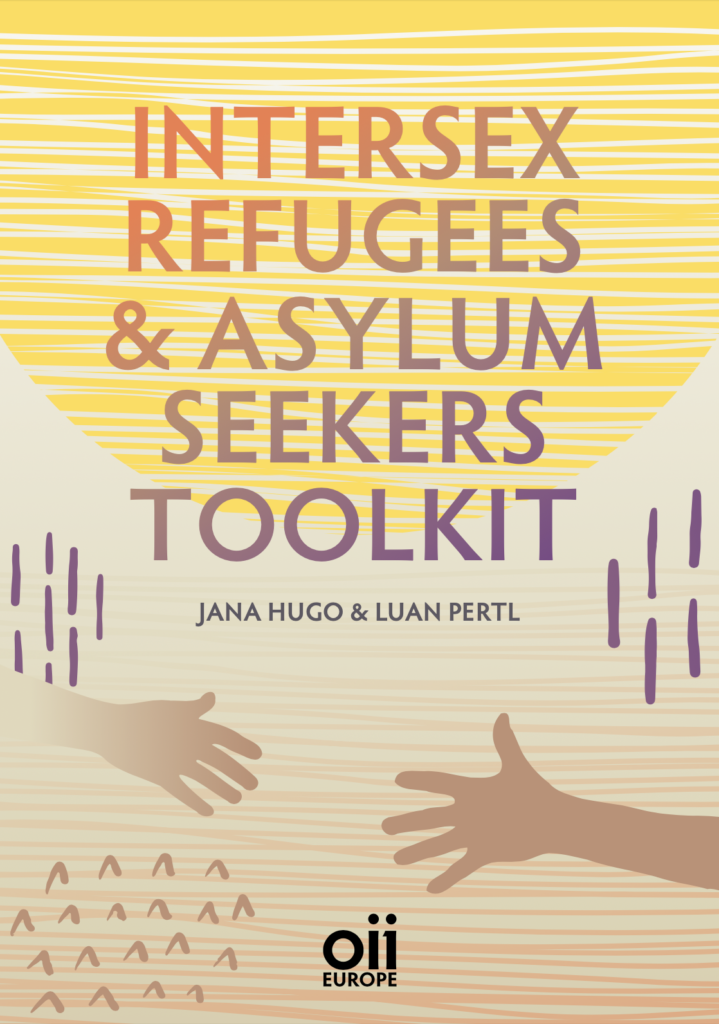
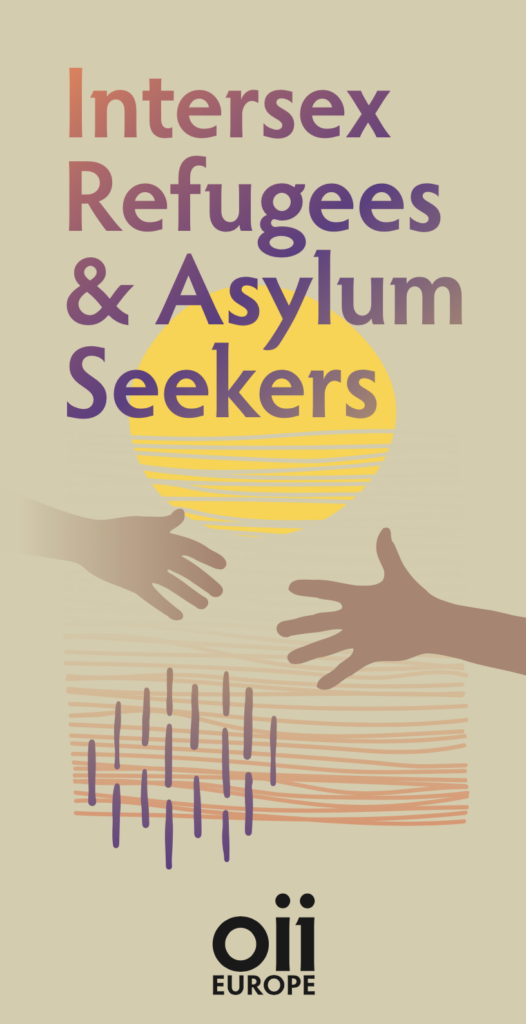
Good Practice Examples

Housing
QueerBase – Vienna, Austria: provide specialist counselling and support for LGBTIQ+ refugees, which includes working together with Diakonie Lares and Tralalobe, to arrange safe housing for LGBTIQ asylum seekers who have submitted their asylum claim in Austria.

Training, legal advice and educational material
The inclusion of intersex refugee and asylum seekers in the Council of Europe’s HELP desk online training module is a good practice example of online training to a wide range of stakeholders working in the field of asylum. The measure also highlights the importance of including intersex-led civil society in the creation of such modules.
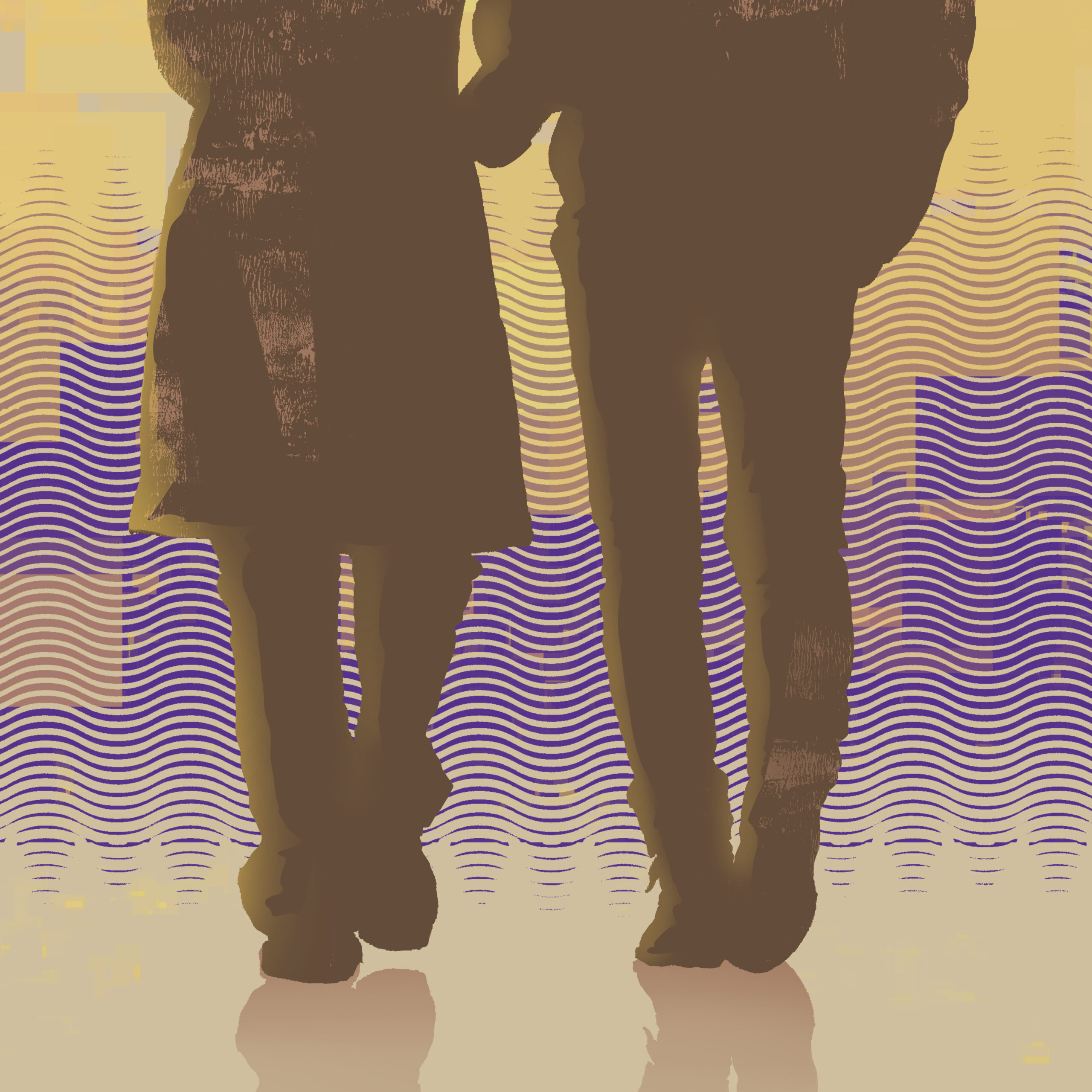
Funding
The City of Paris allocated funding to an organisation, Basiliade, that has established safe LGBTIQ housing for refugees in the city. This small step forward highlights the importance of financial support on a local level to organisations working on the ground to ensure the protection of LGBTIQ refugees.
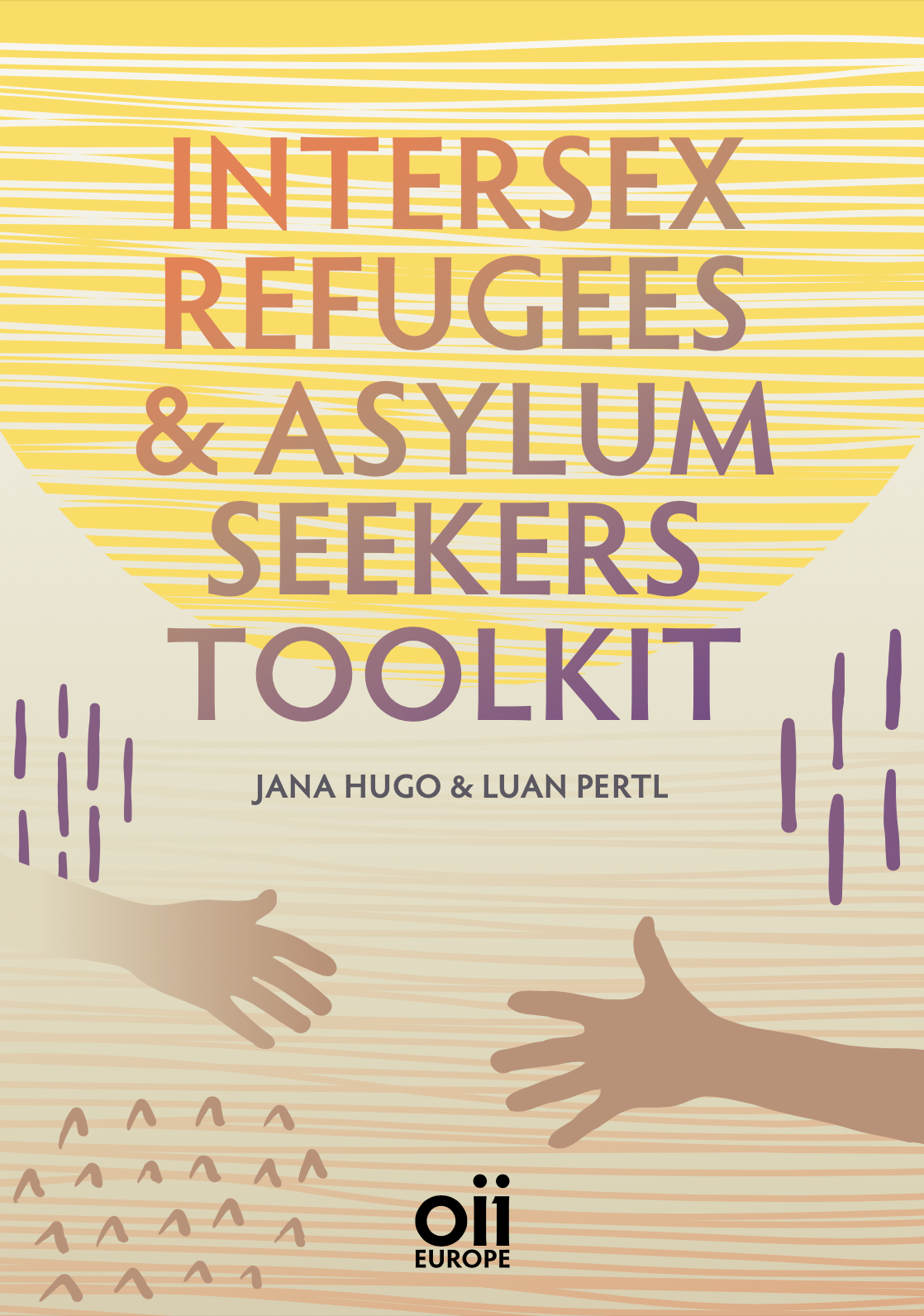
Find more examples in the Toolkit
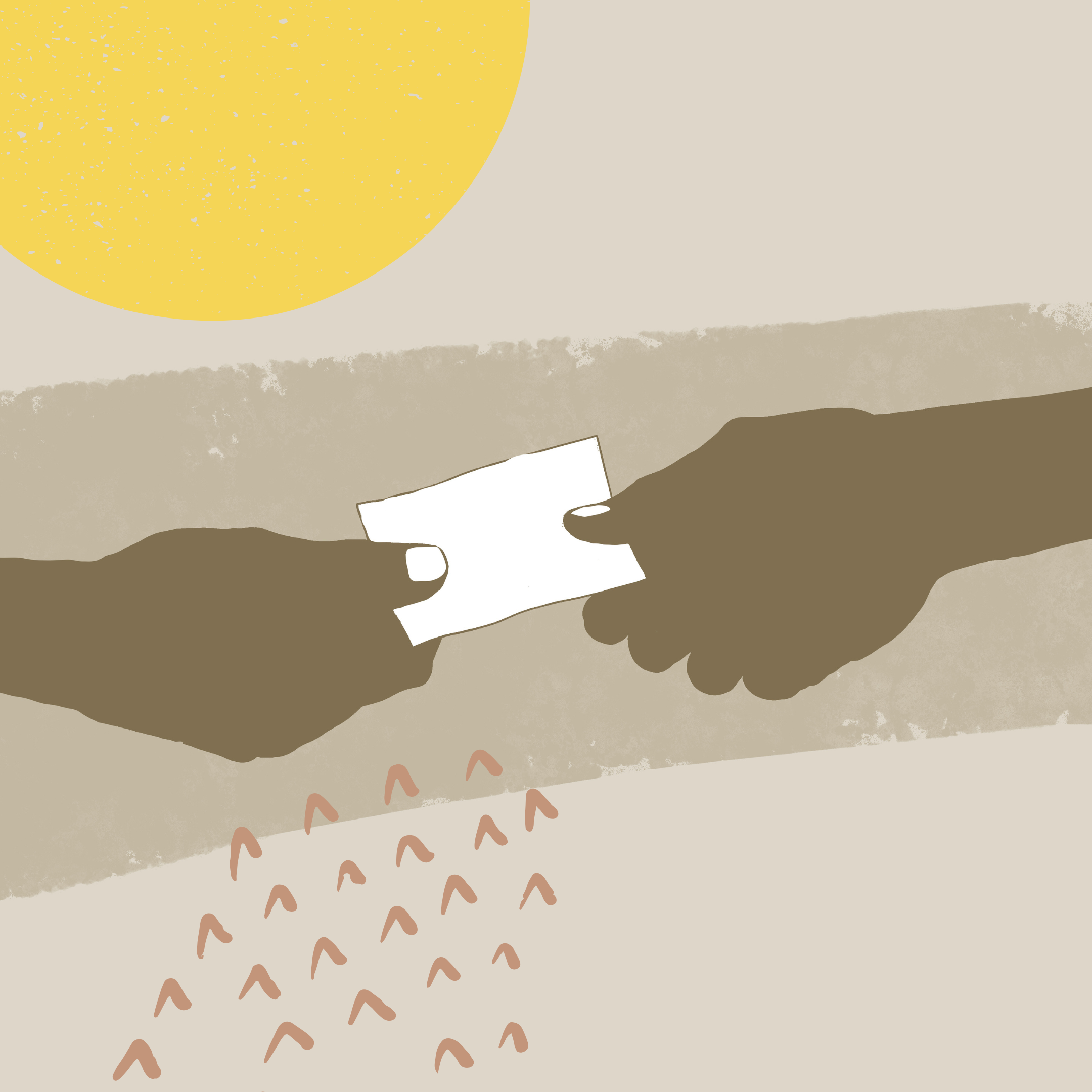
Communication Kit
We have prepared a communication kit for you with all the necessary information to help you share this year’s campaign:
